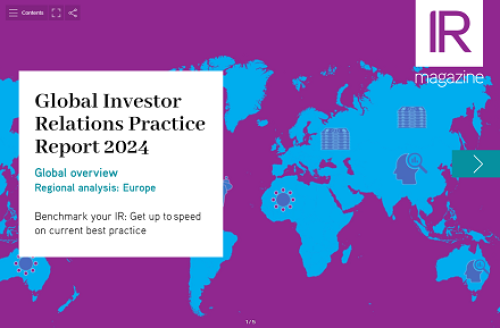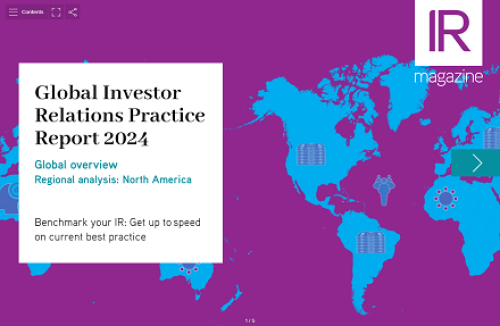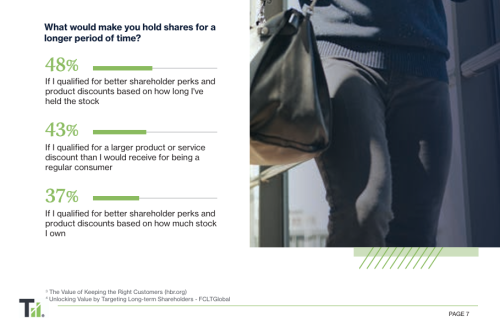Sponsored content
The International Monetary Fund (IMF) has predicted modest economic growth for Canada this year, albeit at a rate lower than last year’s and significantly slower than growth in the US. The IMF World Economic Outlook foresees growth in Canada of 2.1 percent in 2018, a downgrade from January’s 2.3 percent forecast and less than the solid 3 percent growth Canada underwent in 2017.
Macro issues hang over Canada, dogging the investment thesis on the country, with a main and problematic issue being the North American Free Trade Agreement (Nafta). Prab Sagoo, associate director at Nasdaq IR Solutions, comments: ‘The issues with Nafta remain unresolved. The US has set a deadline and, despite some contradictory headlines in the press, the overall opinion is that the US, Canada and Mexico remain no closer to solving the impasse on the issues.
‘What this implies for the rest of the year is that investors are going to be very cautious about wanting to invest in Canada – especially, it should be noted, in companies that have any exposure to cross-border trade. So we think investors will be casting a skeptical eye on opportunities in Canada for the remainder of this year.’
Reinforcing this possibly negative outlook, the Conference Board of Canada predicts a 0.5 percent decline in the economy and the loss of about 85,000 jobs within a year, if Nafta is terminated. Even further ahead, the outlook ‘is difficult, given the lack of consistent messaging that comes out of the US government,’ notes a cautious Sagoo.
When it comes to energy and oil – the key driver of the TSX Composite Index’s ‘surge’ and one of Canada’s major exports – overall enthusiasm remains mixed. ‘A lot of investors do not feel oil prices are sustainable,’ says Sagoo. Recent declines suggest this is the case.
Additionally, energy companies may not be able to balance their books and maintain capital discipline. ‘From a Canadian perspective, there is also uncertainty from a political level regarding the energy infrastructure, with pipelines canceled and uncertainty about how these projects will be financed in the future,’ says Sagoo.
Then there are the assets of the moment – exchange-traded funds (ETFs) and passives – which continue to expect additional growth and put pressure on Canadian active managers. ‘Canada’s market as a source of liquidity is substantially smaller than the likes of New York or London, so growth in ETFs is going to be limited by those upper bands,’ notes Sagoo.
That said, in Canada there are more than 30 companies providing ETFs, and Canadian ETFs had inflows of $1.7 bn in January alone. ‘The number of ETFs available in the Canadian market is substantial and has grown well over the last three to five years,’ notes Sagoo. ‘What we have is the large Canadian banks stepping into the frame, and banks have broader distribution networks. This is going to reach more directly into the retail market. We are also going to see more institutional take-up.’
On international flows, interest in Canadian equities remains somewhat tepid. ‘Historically, we have seen strong international flows into Canadian equities,’ says Sagoo. ‘But in 2017 this started to grind to a halt. This is in part due to the larger growth the US market has to offer.’
Caution in Canada is the prevailing approach.










